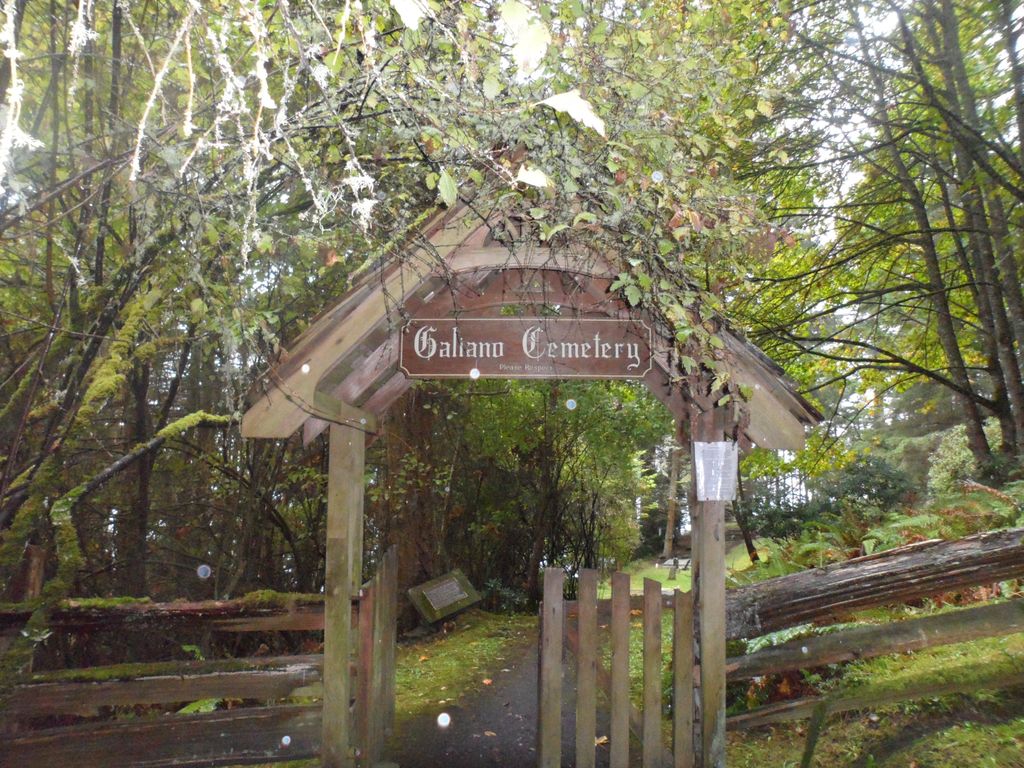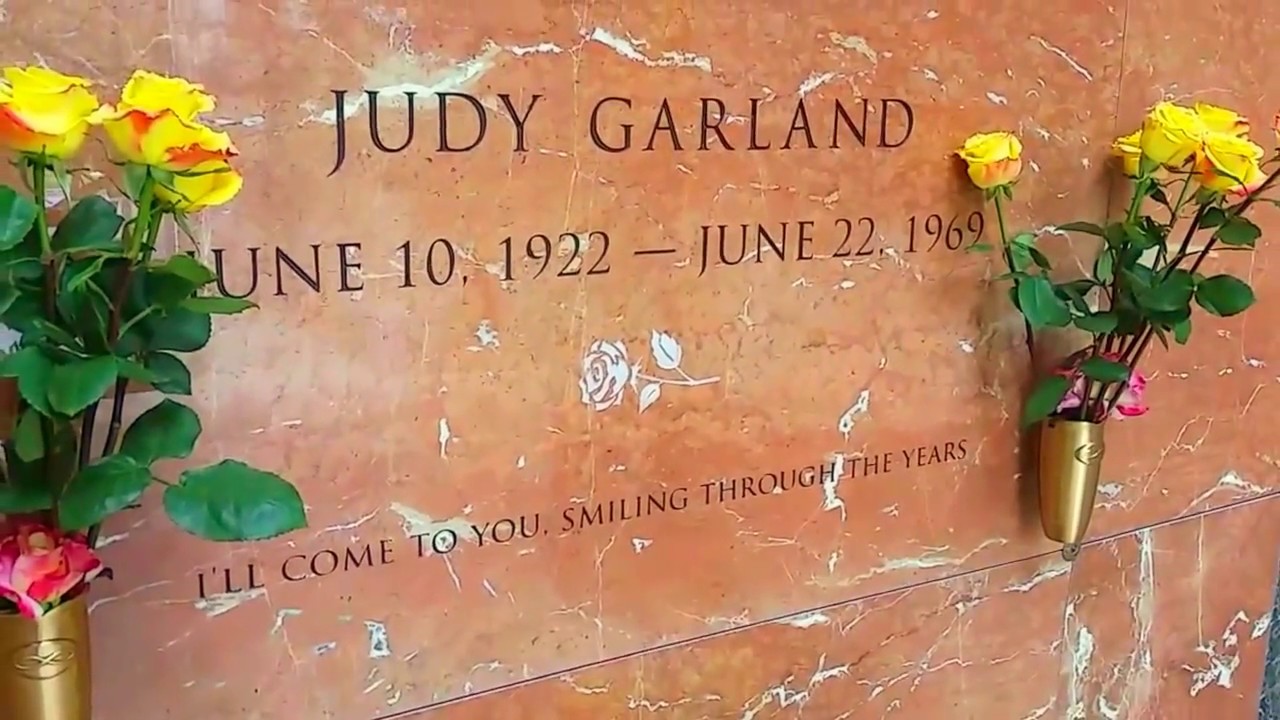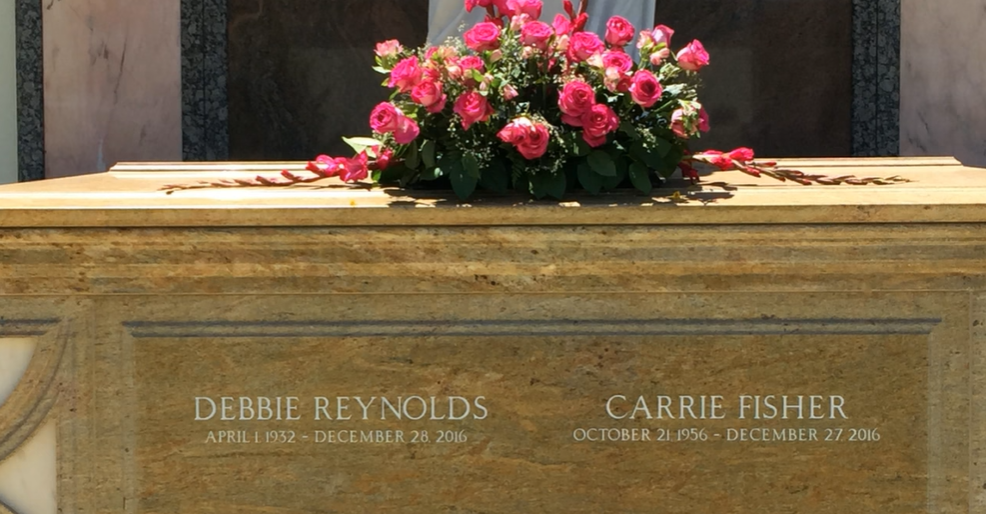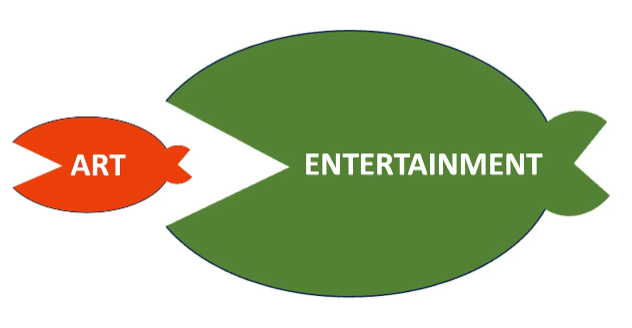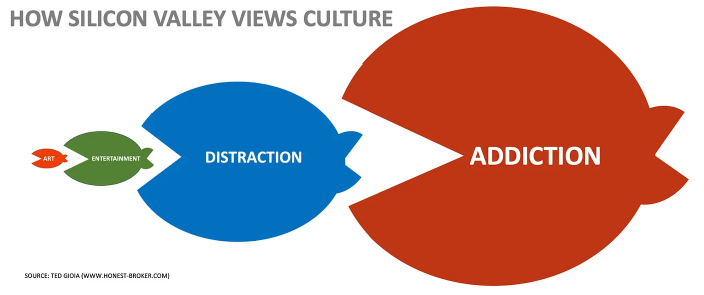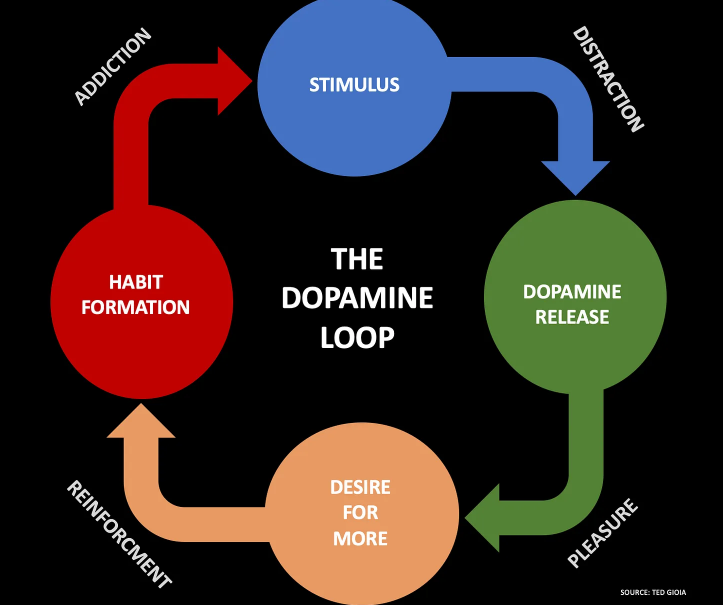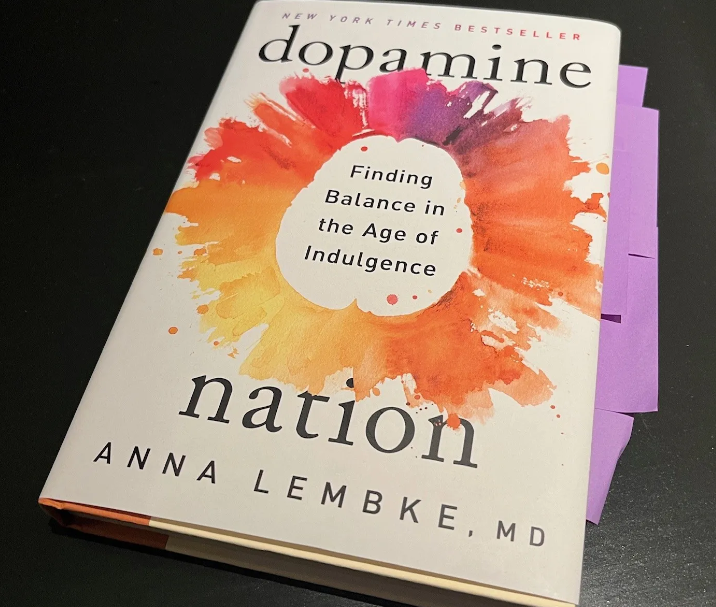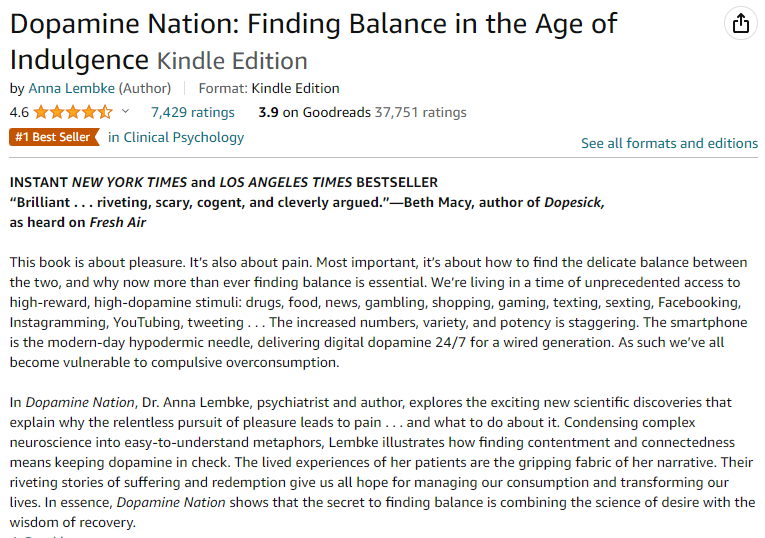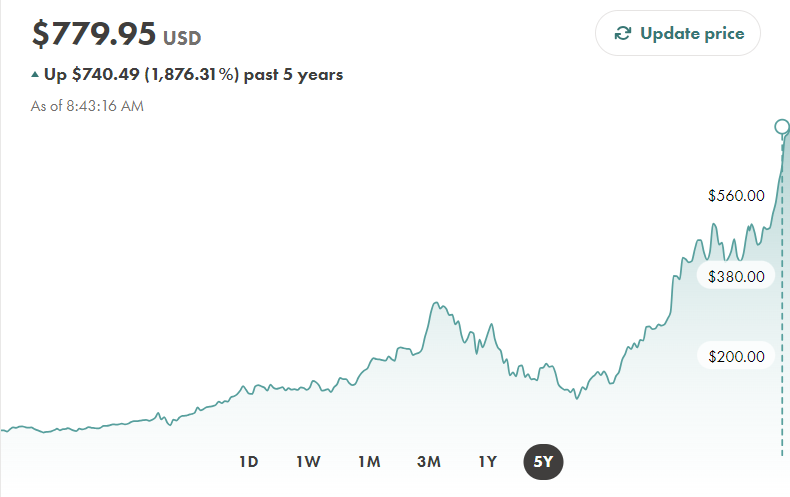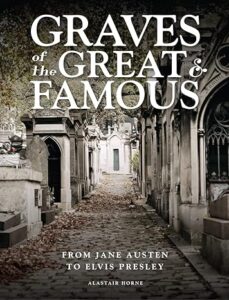 There’s something about cemeteries that fascinates folks—especially old cemeteries. At least cemeteries fascinate old folks like me. Walking amidst the granite headstones and marble markers, mausoleums and obelisks, I can’t help wondering who these souls were in life and what afterlife they’ve gone on to. If there’s afterlife at all.
There’s something about cemeteries that fascinates folks—especially old cemeteries. At least cemeteries fascinate old folks like me. Walking amidst the granite headstones and marble markers, mausoleums and obelisks, I can’t help wondering who these souls were in life and what afterlife they’ve gone on to. If there’s afterlife at all.
When I have time in a new town, I’ll find a cemetery and drop in. I’ll wander about, read the names, and examine the dates. Sometimes their grave gives details about who the departed was, what they did, and who they were related to. Other times, there’s not much at all.
Three cemeteries stand out for me. One is in downtown Boston. Actually, there’s not just one cemetery in Old Boston. There must be at least ten small and separate burial groupings with slate stones dating to the 1600s spattered between historic buildings and modern skyscrapers.
Second is in a little village called Atlin. It’s in the far north of British Columbia and was a trail outpost during the 1898 Yukon Gold Rush. One Atlin cemetery marker is the twisted propeller of a crashed bush plane claiming the life of the buried pilot. Another is a simple white cross with the inscription African. Found Dead on the Trail.
The third is on Galiano Island. I live on Vancouver Island at British Columbia’s southern Pacific coast. Galiano is a separate one of the Gulf Islands Preserve where my wife and I found a getaway. It’s a must while on Galiano to visit the picturesque cemetery set on the finest oceanfront property within the Canadian west edge. Just ask Rita, my wife.
What got me going on this post was a hardcovered, pictorial book titled Graves of the Great & Famous—From Jane Austen to Elvis Presley. I found it on the discount table of a local bookstore, and I knew I had to buy it. That’s because when I started this site called Dyingwords twelve years ago, I set the tagline as Provoking Thoughts on Life, Death, and Writing. I’ve never veered from that, and this little publication fits nicely with my theme.
Come tour with me around the world and visit places where the great & famous are spending eternity.
Royals, Rulers & Politicians
Julius Caesar was stabbed 23 times during his 44BC assassination in Rome. He was cremated, and today only a ruined alter marks the site. Quoting Caesar, “It is easier to find men who will volunteer to die, than to find those who are willing to endure pain with patience”.
Richard III was King of England and died in 1485. His gravesite was lost until 2012 when archeologists discovered his bones underneath Grey Friars Priory in Leicester. They were positively identified through modern forensics and now rest in a tomb made of white Swaledale fossil stone with Kilkenny black marble inside Leicester Cathedral.
Vlad the Impaler was a vicious man. He earned his name from murdering around 20,000 prisoners of war and impaling their bodies on sharpened poles. Vlad died at the turn of 1476-77 in Transylvania, Romania where he ruled the country. He’s reported to be buried at the Monastery of Snagov near Bucharest. There’s no official marker.
Queen Elizabeth II recently passed on at the ripe old age of 96. She was the United Kingdom’s monarch from 1952 to 2022. Today she lies in the King George VI Memorial Chapel at Windsor Castle.
Napoleon Bonaparte died in exile on the remote South Atlantic island of St. Helena. That was in 1821, and he lay buried until 1840 when the French king excused Napoleon’s behavior and had him reinterred in Paris. Then, in 1861, they dug Napoleon up again and placed him in a crypt under the dome in Les Invalides where his remains remain today.
Abraham Lincoln was assassinated in Washington, DC on April 15, 1865. The 16th US President is entombed at Oak Ridge Cemetery in Springfield, Illinois. One of many tributes to President Lincoln is a 118-foot-tall granite obelisk that towers over the Lincoln Tomb.
The Unknown Soldier’s grave is a central point and an always-guarded site in Arlington National Cemetery in Virginia. It contains the body of an unidentified soldier from World War I and represents all American service people. The eternal flame marking President John F. Kennedy’s plot burns nearby.
Princess Diana, the People’s Princess, tragically died in a Paris car crash being driven by a drunk driver. Her funeral attracted worldwide attention including the greats in the entertainment world as well as royalty and the political elite. Diana was cremated and her ashes are in an urn located on a lush green island at the Spencer family’s Althrop estate in England.
Thinkers, Scientists & Explorers
Christopher Columbus, the Italian explorer who “discovered” America was a famous—perhaps infamous—sailor who died in 1506 at the age of 56. He was first buried at a Spanish convent but was exhumed and, for whatever reason, reburied on the other side of Spain. Some point between 1536 and 1544, Columbus’s bones we moved again. It’s not certain if he now lies at the magnificent Gothic cathedral in Seville or if he’s actually interred at the cathedral of Santa Maria la Menor in Santo Domingo.
Confucius said, “We should keep the dead before our eyes, and honor them as though still living.” Confucius was born in 551 BC, but his death date is uncertain. His gravesite is not, however. It’s in the cemetery bearing his name in Qufu, China, and his memorial is built in the shape of an axe.
Galileo Galilei came close to death in 1633 when he was tried by the Inquisition for heresy, claiming that the Earth was not the center of the universe—rather our planet revolved around the sun. He recanted and lived until 1642. Galileo was first buried unceremoniously in a small gravesite in rural Italy but in 1737, when authorities realized Galileo was right, they honored him in an eloquent tomb at the Basilica of Santa Croce. Not all of Galileo is there, though. They cut off three of his fingers and made them visible to the public in Florence’s Galileo Museum.
Isaac Newton was born on Christmas Day in 1642 and lived until 1727. He was probably the most influential scientist of all time—save for Albert Einstein—formulating the laws of gravity and the principles of Newtonian physics. Newton lies in Westminster Abby among the royals, and there’s an exquisite monument in his memory.
Charles Darwin was a world-renowned naturalist and biologist who’s best remembered for his work on The Origin of the Species, aka Evolution. Today, evolution is no longer a theory, and Darwin earned his place in science history. Charles Darwin is buried in Westminster Abby a few feet away from Isaac Newton.
Karl Marx is a controversial character. He was an enigma in 1883 when he died, and he still is today. The German socialist philosopher’s grave at Highgate Cemetery in London, England is marked by a bronze bust on a granite pillar. It’s been repeatedly vandalized and has twice been bombed.
Dian Fossey is remembered for her primate zoology. In 1985, she was murdered by poachers in her cabin at a remote camp in Rwanda where she was studying mountain gorillas. Dian Fossey is buried along with her gorillas in a cemetery she established for these gentle creatures.
Yuri Gagarin was a Russian cosmonaut and the first human to fly in space. He died in 1968 when the test airplane he was piloting crashed. The cause of the mishap is still not clear and, of course, explained by conspiracy theories. Cosmonaut Gagarin was cremated, and his ashes are interred in the Kremlin Wall Necropolis.
Revolutionaries, Rebels & Humanitarians
Che Guevara survives in history as a Cuban revolutionary who, with Fidel Castro, fought for communism and dictatorship of the Caribbean Island. Forced into hiding in Bolivia circa 1967, Ernesto “Che” Guevara was executed by Bolivian forces, and his body was dumped in a mass grave along with six supporters. He was exhumed and identified in 1967, then reburied in a mausoleum at Santa Clara, Cuba.
Oliver Cromwell died of natural causes in 1658, nine years after King Charles I issued a death warrant for Cromwell whom the king accused of treason. He was first buried with great pomp and ceremony at Westminster Abby. However, that was not suitable for the king who had Cromwell dug up and his corpse publicly hanged from some gallows. He was then beheaded, and his head was put on display, piked on a pole outside Westminster Hall for the next twenty years. Over the centuries, Cromwell’s head bounced between collectors but was finally set to rest in 1960, being buried on the grounds of Sidney Sussex College in Cambridge.
Vladimir Lenin was the founder of the Soviet Union. After his death from natural causes in 1924, Lenin was embalmed, and his full body has continuously been on public display in a red granite mausoleum in Moscow’s Red Square. For a few years, Joseph Stalin lay beside Lenin but that stopped, and Stalin is now inside the Kremlin Wall Necropolis.
Martin Luther King Jr is remembered as the passive civil rights leader from America’s turbulent 1960s. James Earl Ray assassinated King in Memphis, Tennessee in April 1968. MLK was first buried in Atlanta, Georgia at Southview Cemetery. He was later moved to his final place at the Martin Luther King Jr Center, also in Atlanta.
Mahatma Gandhi non-violently fought for India’s independence and won it. Gandhi was assassinated in January 1948, and he was cremated as per Hindu custom. His ashes were scattered where three rivers meet in Allahabad. A black marble monument marks the site of Mahatma Gandhi’s cremation.
Mother Theresa was an Albanian-Indian Catholic nun who devoted her life to the downtrodden. She died in 1997 as peacefully as she lived her life. Mother Theresa’s miracles were documented by the church, and she was canonized as Saint Theresa of Calcutta in 2016. Her body is buried inside the convent where she lived at Kolkata.
Nelson Mandela died in December 2013 at the age of 95. Once a state prisoner for over two decades, Mandela rose to become the South African President and a world leader in humanities. He declined a second term as president due to failing health. Nelson Mandela is buried in Qunu in the Eastern Cape province.
Adolf Hitler is synonymous with pure evil. If you’d like to know what happened to Hitler’s body after his death, I wrote a blog post about it titled The Terrible Truth About Adolf Hitler’s Remains. You can read it here.
Writers, Poets & Playwrights
Charles Dickens was arguably the greatest novelist—certainly in the top five or ten. Who can dispute that Scrooge was an outstanding character? Dickens is buried with his family at Highgate Cemetery in London. His grave is a sought-after attraction.
William Shakespeare died at age 52 in 1616. Macbeth. Hamlet. Romeo and Juliet. Midsummer Night’s Dream. Othello. The list goes on. Shakespeare was the father of the five-act play—not the three-act structure. He is buried in a simple grave at Holy Trinity Church in Stratford. A stone marking the spot does not bear Shakespeare’s name. Instead, it has a curse reportedly written by The Bard himself. It reads:
Good friend for Jesus sake forebear,
To did the dust enclosed here.
Blessed be the man that spares these stones.
And cursed be he that moves my bones.
Jane Austen was born in 1775 and died in 1817 at age 42. She wrote six of the most celebrated novels in the English language, and she is mandatory reading in most MFA programs. Austen is buried at Winchester Cathedral where her epitaph refers to “the extraordinary endowment of her mind”. It does not mention her books.
Mary Shelley was the mother of Frankenstein. Actually, she was Frankenstein’s inventor way back in 1818. Shelly was a pen name with her real one being Mary Woolstonecraft Godwin. Her mother died shortly after she gave birth to Mary, and she was raised by her father. Mary Shelley is buried at St. Peter’s Church in Bournemouth.
Hans Christian Anderson died in 1875. He authored many of the great children’s stories, fables, and fairy tales—notably something as simple and long-lasting as The Ugly Duckling. Mr. Anderson was Danish and was buried at Assistens Cemetery in Copenhagen.
Oscar Wilde is buried at Pere Lachaise Cemetery in Paris. His grave is marked by a massive limestone carving weighing 20 tons. He died in 1900 and, over the years, many souvenir hunters have chipped away, reducing it somewhat in weight. It’s now surrounded by a glass barrier.
Truman Capote is best recognized by Breakfast at Tiffany’s, but he did one hell of a good job with his hand at true crime—In Cold Blood. Capote died in 1984. He was cremated, and his ashes were divided among friends. Over the years they have been subdivided. In 2016, an envelope with part of Truman Capote’s ashes was sold at an auction for $50,000.
Poets’ Corner in Westminster Abby is a place many creatives would die for. Well-known names are interred there. Alfred Lord Tennyson, T.S. Elliot, and Henry James are some. Most of the hundreds of names inscribed at Poet’s Corner are tributes. The physical bodies lie elsewhere. In 1994, an addition was built to house the names of upcoming dead poets.
Artists & Designers
Leonardo da Vinci was a brilliant man. Absolutely brilliant in every fashion. I wrote an article on da Vinci here at Dyingwords titled The Astounding Secret of Leonardo da Vinci’s Brain. You can read it here. Da Vinci died in 1519 and was first buried in a churchyard at Ambroise, France. In 1863, he was exhumed and moved to the nearby Chapel of St. Hubert.
Michelangelo covered all the arts: painter, sculptor, architect, poet… He is best remembered for the fresco on the ceiling of the Sistine Chapel at the Vatican. The last thirty years of Michelangelo’s life were in exile as a virtual prisoner in Rome. He died in 1564. Like so many others, Michelangelo was first buried in one place and moved to another. Today he is at Basilica di Santa Croce in Florence where there is a magnificent memorial to him.
Paul Gauguin was a French painter and sculptor. He and a guy by the name of Van Gogh were on-again-off-again friends and foes. Some say Gauguin taught Van Gogh how to paint. Others say it was the other way around. Regardless, Paul Gauguin left his mark. Today he lies underground at Calvary Cemetery on Marquesas Island in French Polynesia.
Frank Lloyd Wright was a high-profile American architect. That’s an understatement to acknowledge this master builder. Fallingwater in Pennsylvania may be Wright’s signature piece, but the final place he built for himself outside Scottsdale, Arizona is, in my opinion, his finest hour. It’s called Taliesin West. Here’s a picture and, by the way, the precise location of Frank Lloyd Wright’s ashes on the property is a secret.
Coco Chanel was a French fashion icon. Gabrielle “Coco” Chanel brought back the little black dress. Her headstone at her grave in Switzerland’s Bois-De-Vaux Cemetery bears the images of five lions. Many think it’s a tribute to Chanel No. 5, and they’re right. Coco passed on in 1971 at the age of 87.
Christian Dior helped establish Paris as the fashion hub of the world. His name needs no explanation when seen on expensive and highly desired items of luxury. Dior died in 1947 and is buried in Callian Cemetery near Cannes, France.
Goya was a Spanish painter and printmaker. Francisco Goya only went by his last name and a lot of his work was not well known. Not well known until after Goya’s death. That was in 1828 at the age of 82. He was buried, reburied, and buried again. Now he lies at San Antonio de la Florida Chapel in Madrid.
Andy Warhol was the only artist who could make a Campbells Soup can famous. Warhol’s art included filmmaking, and he was a true leader in the pop movement. Andy Warhol died in 1987 at age 58. He’s buried at Saint John the Baptist Cemetery in Bethel Park, Pennsylvania.
Musicians, Entertainers & Sportspeople
Jim Morrison, lead singer of The Doors, tragically died when he was 27. That was in 1971. He was buried at Pere Lachise Cemetery in Paris. Morrison’s grave is marked by a flat stone with an engraving in Greek. It translates to “True to his own spirit”.
Elvis Presley truly was the king of rock and roll. He died way too soon in 1977, aged 42. He should have only been getting started in life. Elvis is entombed at his Graceland mansion in Memphis, Tennessee. May his spirit and angelic voice live forever. If you’re interested in the true cause of Elvis Presley’s death you can read a post I wrote about it.
Ludwig van Beethoven did well for a deaf composer. He died in 1827, and more than 20,000 people attended his funeral. Beethoven was buried at Vienna’s Wahring Cemetery. He was exhumed in 1863, studied, and reburied in the same place. However, in 1888, he was again exhumed and moved to the Vienna Central Cemetery where he lies below an impressive monument.
Muhammad Ali was born Cassius Marcellus Clay in 1942. He became a true sports legend, dying at age 74 in 2016. Despite his outstanding boxing titles, many don’t know that Muhammad Ali won an Olympic Gold Medal when he was 18. At Ali’s funeral, Bill Clinton eulogized him “From a very young age, he decided to write his own life story”. Muhammad Ali rests at Cave Hill Cemetery in Kentucky.
Jimi Hendrix was a guitarist, singer, and songwriter extraordinaire. He died in London, England in 1970 at age 27. His body was flown back to Seattle and buried near his mother. Then, in 2002, Jimi Hendrix was reinterred to a new location in Greenwood Cemetery beneath a three-tiered marble memorial.
John Lennon was murdered outside his Manhattan apartment in 1980. It was a truly senseless act that stole this man of peace from the world. John Lennon was cremated, and his ashes were cast in Central Park within sight of where he died. The location is called Strawberry Fields.
June Carter Cash passed away in 2003 within months of the death of her husband, Johnny Cash. They’re buried side by side at Hendersonville Memory Gardens in Tennessee. A bench beside their graves has a plaque that reads “I Walk The Line”.
Karen Carpenter, noted for Close To You, We’ve Only Just Begun, Yesterday Once More, and many other massive hits, died in 1983 at 33 years old. She and her brother Richard recorded ten albums with millions of records sold. Karen Carpenter was originally interred at Forest Lawn Memorial Park in Cypress, California, but the remains of Karen and her parents were moved to a new location at the Carpenter family mausoleum at Pierce Brothers Valley Oaks Memorial Park in Westlake Village, California in 2003.
Actors & Celebrities
Marilyn Monroe died of an accidental polypharmacy overdose in 1962. She was at the apex of stardom. Monroe’s funeral arrangements were made by her ex-husband baseball great Joe DiMaggio. Her cremated remains are in a crypt at Westwood Village Memorial Cemetery in LA. You can read my piece analyzing Monroe’s death here.
James Dean was accidentally killed at age 24 in a motor vehicle mishap. He was buried in 1955 at Park Cemetery in Fairmont, Indiana. Dean’s headstone has been stolen twice. The third one, still there today, is concreted to the ground with a rebar mesh.
Natalie Wood drowned at Catalina Island in California in 1981. There’s strong suspicion she was thrown overboard from their yacht by her husband, Robert Wagner. The case remains open and unsolved. Wood is buried in Westwood Village Memorial Park in Los Angeles. I also wrote an article on Wood’s suspicious death circumstances.
Judy Garland lived from 1922 to 1969. She was best known for being Dorothy in The Wizard of Oz. Garland appeared in more than 30 films over a four-decade career. She was originally buried in New York but, in 2017, Garland was reburied at Hollywood Forever Cemetery in Los Angeles at the request of her children.
Bruce Lee exemplified martial arts on the screen. He died in 1973 of brain trauma—probably physical over-exertion—but the conspiracies live on. Lee is buried at Lake View Cemetery in Seattle alongside his son who passed away at age 28 while on location in a martial arts film.
Forest Lawn Memorial Park in Los Angeles is the cemetery to the stars. Names like Humphrey Bogart, Elizabeth Taylor, James Stewart, Clark Gable, Jean Harlow, Buster Keaton, Mary Pickford, and Carole Lombard are buried here. The list continues.
Bette Davis became a Hollywood star in 1930. She was 22. She was a multi-time Oscar nominee and won one for Best Actress. The woman with the famous eyes died in 1989, and she rests at Forest Lawn Memorial Park.
Debbie Reynolds and Carrie Fisher were mother and daughter. They died within a day of each other. This was in 2016. They have a joint memorial at Forest Lawn.

